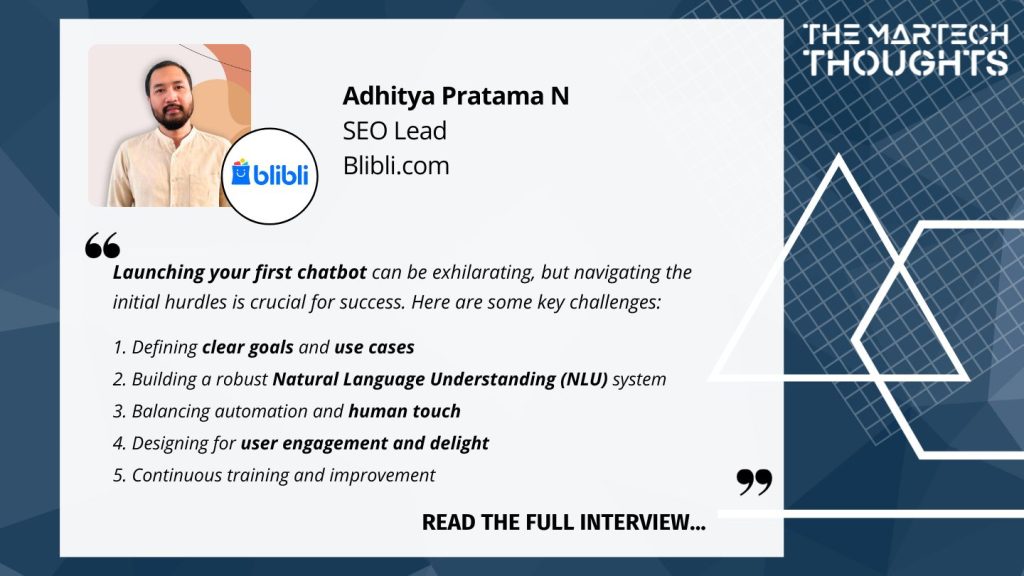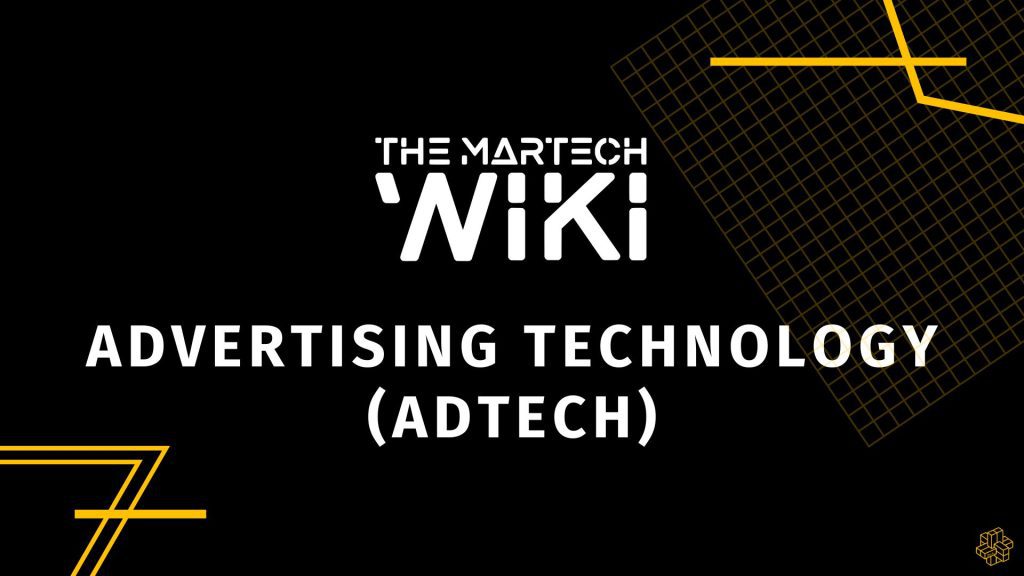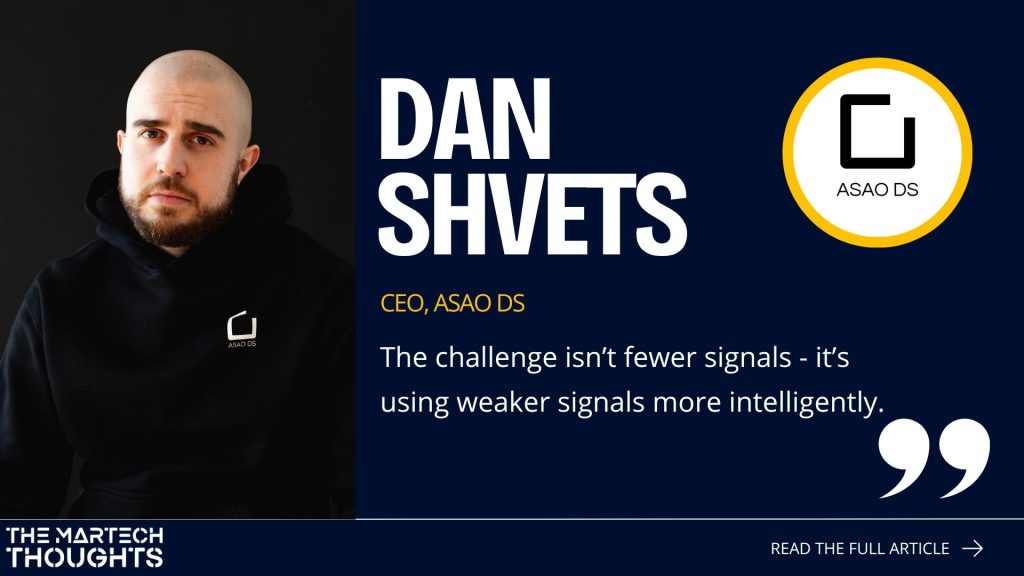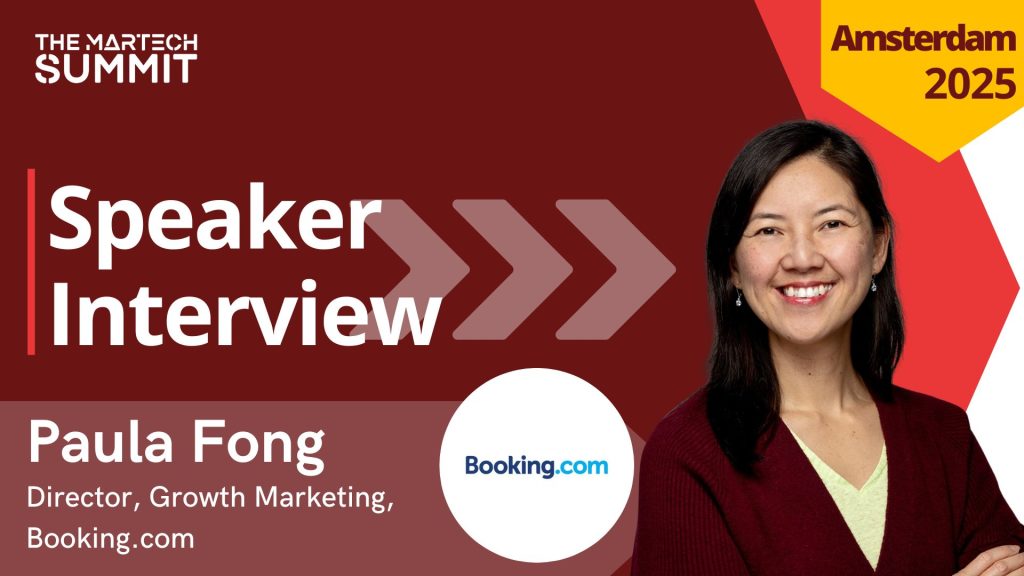
Welcome Adhitya Pratama N, SEO Lead, Blibli.com sharing his insights on Marketing Automation, Chatbot & Customer Engagement, as part of the MarTech Thoughts series.
How do you describe your job to a 5-year-old?
Imagine the internet is a giant playground with tons of amazing games and toys, but sometimes those toys are hidden under piles of leaves. My job is like being a special helper who tidies up the playground and puts signs on the toys so everyone can find them easily!
I help websites be the coolest toys on the playground by making them appear higher up in the search results, just like you might put your favourite stuffed animal on top of the toy box. I also create fun and exciting things to do on the websites, like games, movies, and stories, so everyone wants to come play!
So, when you see a website that’s easy to find and has lots of fun things to do, that means there might be an SEO and Digital Marketing Professional like me working behind the scenes to make it awesome!
Does that make sense?
What is the one marketing platform/app/solution you can’t live without? Why?
Google Search Console and Ahref’s
Because it’s so powerful
Currently, what are you primarily looking for in your digital marketing efforts? Awareness or engagement? Why?
My current digital marketing focus is primarily on engagement. While awareness is crucial, I believe building deeper connections with my audience through meaningful interactions is key to long-term success. By fostering active communities, encouraging dialogue, and delivering relevant content, I aim to nurture relationships and drive organic brand advocacy. This creates a loyal customer base and a sustainable growth path, even if immediate conversions aren’t always the primary goal.
At your organisation, what tasks in marketing are good to automate and what tasks still need a human touch?
Good question, collecting data weekly and making to special presentation. And one more thing is to create automation to check errors and send alerts to email.
What are some of the significant changes to your customer outreach and retention strategies? And how has it impacted the growth plan for upcoming years?
Our customer outreach and retention strategies have undergone a significant shift, focusing on personalised experiences and deeper engagement. Gone are the days of mass marketing; instead, we leverage data-driven insights to segment our audience and deliver tailored messages across their preferred channels. We’ve also embraced interactive content and fostered online communities, fostering two-way communication and building lasting connections. This has led to a surge in customer loyalty and advocacy, impacting our growth plan by boosting retention rates, increasing organic reach, and creating loyal brand ambassadors. This shift not only fuels our immediate success but also lays the foundation for sustainable growth in the years to come, as we continue to prioritize building meaningful relationships with our customers.
How do you see the skillsets needed for the marketing profession changing?
The marketing landscape is a constant kaleidoscope, and the skillsets needed to navigate it will continue to evolve. While core competencies like creativity and storytelling remain timeless, the rise of data-driven decision-making, AI integration, and hyper-personalized experiences will demand new skillsets. Marketing professionals will need to become data wizards, fluent in analytics and insights to optimize campaigns in real-time. They’ll need to embrace emerging technologies like AR/VR and the metaverse to craft immersive brand experiences. And above all, they’ll need to become masters of empathy and human connection, tailoring messages to resonate with diverse audiences across an ever-growing array of channels. The future of marketing belongs to those who can blend creativity with data, technology with human-centricity, and a constant thirst for learning to adapt and thrive in this dynamic landscape.
How do you keep your team motivated to get the best out of them during challenging economic times with additional external pressure?
In tough times, keeping a team motivated isn’t just about perks; it’s about fostering a sense of purpose and resilience. Here’s how we do it:
- Transparency and Open Communication: We share the challenges openly, acknowledging the pressure but also highlighting our shared goals and the value of their work. This builds trust and fosters a collaborative spirit.
- Focus on Growth and Development: We invest in their upskilling, offering training and opportunities to learn new things. This empowers them to adapt and find creative solutions, while keeping them engaged and future-proof.
- Celebration of Small Wins: We recognize and celebrate every milestone, no matter how small. This keeps morale high and reinforces the belief that even incremental progress is valuable.
- Empowerment and Ownership: We trust our team to make decisions and take ownership of their projects. This fosters a sense of agency and responsibility, motivating them to go the extra mile.
- Shared Purpose and Values: We remind them of the bigger picture, how their work contributes to something meaningful. This connects them to a purpose beyond the immediate challenges, boosting their intrinsic motivation.
- Openness to Feedback and Adjustment: We encourage regular feedback and adapt our approach based on their needs. This shows we care about their well-being and are committed to creating a supportive work environment.
By focusing on these aspects, we create a culture of trust, growth, and shared purpose that keeps our team motivated and resilient even when facing external pressure. Remember, it’s not just about surviving the storm; it’s about emerging stronger and more united.
How do you monitor the effectiveness of your audience segmentation?
To ensure our audience segmentation remains sharp and impactful, we employ a multi-pronged approach:
- Data-driven insights: We track key performance indicators (KPIs) specific to each segment, including engagement metrics like click-through rates, conversion rates, and customer lifetime value. This data paints a clear picture of which segments are resonating with our messaging and driving desired outcomes.
- A/B testing and experimentation: We constantly test and refine our segmentation strategies through A/B testing different messages and targeting parameters within each segment. This allows us to identify the most effective approaches and optimize campaign performance for each group.
- Qualitative feedback: We gather qualitative feedback through surveys, focus groups, and social listening. This allows us to understand the motivations, preferences, and pain points of each segment beyond just numbers, ensuring our messaging truly resonates on a deeper level.
- Regular review and refinement: We regularly review our segmentation strategies based on all these insights. We identify underperforming segments, adjust targeting parameters, and potentially merge or split segments as needed. This ensures our segmentation remains dynamic and relevant to the evolving needs of our audience.
By continuously monitoring, testing, and refining, we ensure our audience segmentation remains a powerful tool for delivering personalized experiences, maximizing engagement, and ultimately driving business growth.
What will be the next evolution in marketing technology that we can expect in the coming years?
Biometric marketing: a double-edged sword: While ethically complex, technologies like emotion recognition and neuro-marketing could offer unprecedented insights into customer behaviour, potentially leading to hyper-targeted messaging that may raise privacy concerns.
Remember, the future of marketing technology is not just about tools and platforms; it’s about understanding human psychology and building meaningful connections with customers in new and unforeseen ways. The key lies in harnessing technology’s power while staying true to the core values of empathy, transparency, and ethical marketing practices.
What are the key challenges when it comes to implementing Chatbots for the first time?
Launching your first chatbot can be exhilarating, but navigating the initial hurdles is crucial for success. Here are some key challenges to anticipate:
1. Defining clear goals and use cases: Before diving in, clearly define what you want your chatbot to accomplish. Is it for customer service, lead generation, or product recommendations? A focused purpose ensures your chatbot delivers value and avoids user frustration.
2. Building a robust Natural Language Understanding (NLU) system: Your chatbot needs to understand user intent and context accurately. Invest in quality NLU training data and consider integrating AI-powered tools to handle complex queries and nuances of human language.
3. Balancing automation and human touch: While automation is key, remember chatbots are not replacements for human interaction. Design seamless handoffs to live agents when complex issues arise, ensuring a smooth and positive user experience.
4. Designing for user engagement and delight: Go beyond basic functionality. Craft engaging dialogue flows, personalize greetings and responses, and inject humour where appropriate. Remember, a delightful chatbot experience builds trust and keeps users coming back.
5. Continuous training and improvement: Chatbots learn and evolve over time. Monitor user interactions, analyze data, and identify areas for improvement. Regularly update your chatbot’s knowledge base and refine its responses to stay relevant and effective.
Conquering these challenges paves the way for a successful chatbot implementation. By focusing on user needs, investing in quality technology, and embracing continuous learning, you can unlock the true potential of chatbots and revolutionize your customer interactions.
What is the best use of technology you have seen during this time of uncertainty and changes?
In these times of uncertainty and change, technology has been a double-edged sword. While it can exacerbate anxieties and fuel misinformation, it has also emerged as a powerful tool for resilience, connection, and positive change. One of the most inspiring uses of technology I’ve seen is the rise of global collaboration platforms that are democratizing access to knowledge and resources.
Imagine a world where anyone, anywhere, can connect with experts in real-time, regardless of their location or background. Platforms like Upwork, Freelancer, and Fiverr have been instrumental in this, fostering a gig economy where skilled individuals can offer their services to clients across the globe. This not only empowers individuals to find work and build their careers, but also allows businesses to tap into a global talent pool, fostering innovation and cross-cultural understanding.
Similarly, open-source software communities have flourished, with developers from all corners of the world collaborating on projects that address pressing global challenges. Platforms like GitHub and GitLab have become hubs for innovation, with projects ranging from medical research and disaster relief to sustainable energy solutions and educational tools.
The democratization of information has also been a game-changer. Online learning platforms like Coursera, edX, and Khan Academy offer free or affordable access to world-class education, empowering individuals to upskill and adapt in a changing job market. This not only fosters personal growth but also contributes to building a more skilled and adaptable workforce, better equipped to navigate the uncertainties of the future.
Of course, technology is not without its challenges. Issues of digital equity and access remain, and the potential for misuse and manipulation is ever-present. But by harnessing the power of collaboration, open knowledge, and education, technology can be a force for good in these uncertain times. It can empower individuals, connect communities, and drive positive change, reminding us that even in the face of challenges, innovation and human ingenuity can light the way forward.
A big thank you to Adhitya Pratama N, SEO Lead, Blibli.com sharing his insights on Marketing Automation, Chatbot & Customer Engagement. If you want to connect with Adhitya, feel free to reach out via LinkedIn!
See more MarTech Thoughts interview pieces here!
Last updated: Dec 2023













